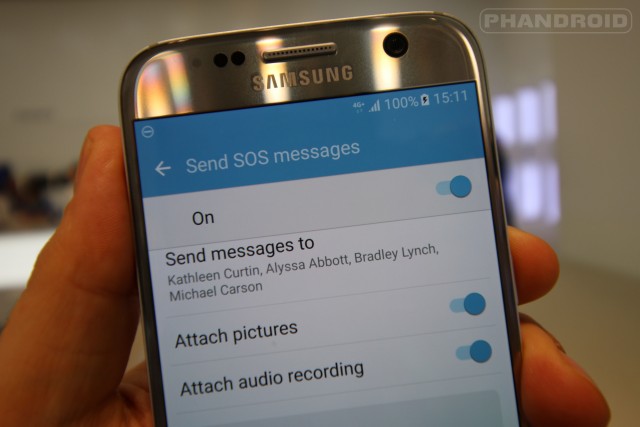

If you put the phone upside-down into your pocket, you shouldn’t need to worry too much about pocket lint getting into any of the connectors. I’m a fan of having the speaker, headphone jack, and USB port all on the bottom edge of the phone. The length is just about right for me-the phone easily fits in my pocket. Both displays can show info like calendar and email alerts, even while the devices are locked and not in use. But I understand both displays are stunning, particularly on the S8 where despite being less than a half an inch taller than the S7, you have a 5.8Inch screen as opposed to the 5.1-Inch screen on the S7. This is even more true on the Galaxy S8, where the screen extends almost from edge-to-edge. The Galaxy S7 and S8 fit comfortably in my hand, though even on the S7 I found that it was easy to touch the screen accidentally due to the thin bezel surrounding it. Still, I’ll draw what comparisons I can between the two phones throughout this review. I’ve felt the S8-but haven’t had the opportunity to put it through its paces. While wrapping up this review, Samsung released the Galaxy S8, a newer model of phone which is just making its way into the hands of users and reviewers alike. I thought I’d delve a little deeper and share some more thoughts on my experiences using a Samsung Galaxy smartphone. Samsung has added its own accessibility features to make the phone easier and more familiar to people with a range of abilities. It runs Android, Google’s operating system that ships on many brands of phones and tablets.



I spent some time with the Samsung Galaxy S7, which we’ll be reviewing on AMI This Week. Bixby Vision, automatic emergency messaging and customizable shortcuts to accessibility tools are evidence of Samsung's increased commitment to inclusion in its latest Android smartphones.


 0 kommentar(er)
0 kommentar(er)
